Early in the 20th century, the Art Deco visual aesthetic was highly influential in fine art, industrial design and architecture. Art Deco is one of my favorite aesthetics because it radiates an optimism about the future. It alludes to the possibilities of human industry with stately figures and clean symmetric lines. I was reminded of the aesthetic this week since the nominations for academy awards were just released. The Oscar statuette, one of the most iconic awards worldwide is excellent example of Art Deco. The statuette was originally designed by Cedric Gibbons in 1928. He served as the head art director MGM studios between its formation in 1924 to 1956.

Another famous Art Deco statue is of Atlas, in front of the Rockefeller center in NYC. It was sculpted by Lee Laurie and installed in 1937. Interestingly, since it was unveiled the statue has become a symbol of Ayn Rand’s “objectivist” philosophy. It was featured on the cover of the 50th anniversary edition of “Atlas Shrugged”.
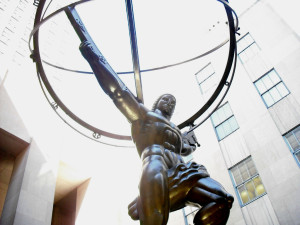
Atlas Statue, Rockefeller Center, Flickr: smokeghost 2008
One example of art deco painting is the work of Tamara de Lempicka. I’ve had the opportunity to view a few of her works in person – for me, her angular and colorful portraits communicate a lingering dissatisfaction with the modern world.
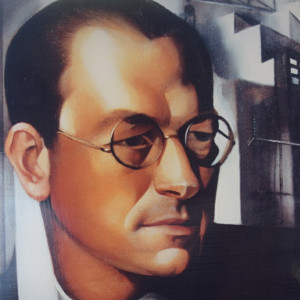

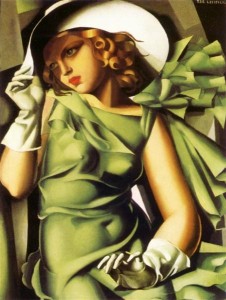
Left to Right: Portrait of Pierre De Montaut (1931), My Portrait (Self portrait in the Green Bugatti 1929), Girl With Gloves (1929)
Art Deco The architectural legacy of Art deco may be seen nearly every large city in the Untied States. One of the the most famous examples is the the Chrysler Building in New York City. The choice of polished bronze combined with dramatic lighting could be considered tacky if the building weren’t so imposing.
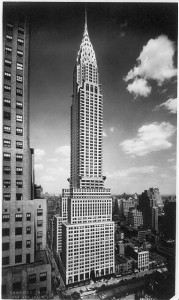
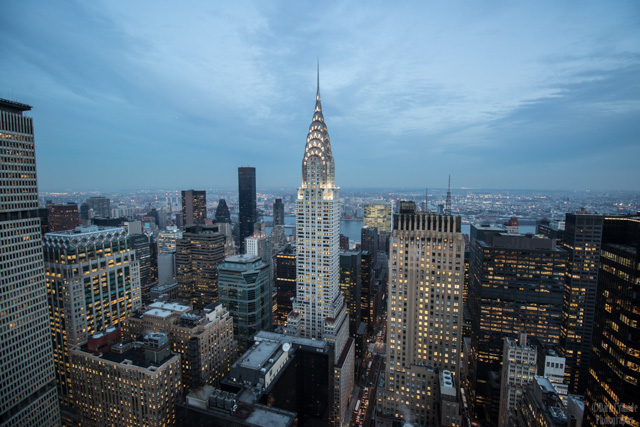
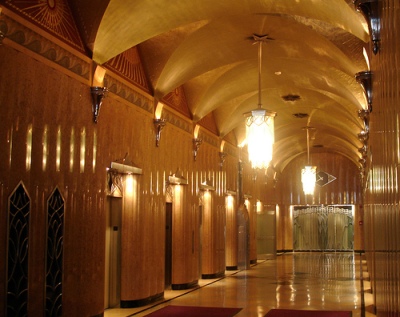
William Van Alen, Chrysler Building, New York, 1928, Instagram: dark.cyanide
However, there are examples closer to home – the city hall of Boulder Colorado has a distinct Art Deco aesthetic

Art Deco can be found in a surprising number of places. The three examples I listed only touch the surface of the movement. If you’re interested in learning more about the aesthetic I would encourage you to check out the references below:
WikiArt contributors “Tamara de Lempicka”, WikiArt: Visual Art Encyclopedia. Web. 20 Jan. 2016.
Wikipedia contributors. “Art Deco.” Wikipedia, The Free Encyclopedia. Wikipedia, The Free Encyclopedia, 14 Jan. 2016. Web. 20 Jan. 2016.
Windover, Michael. Art Deco: A Mode of Mobility. Québec: Presses De L’Université Du Québec, 2012. Print.

2 Comments. Leave new
Thanks for the post. It’s interesting to see the contrast between triumphant art deco aesthetics and art deco reflecting subjection as in the portraits. They seem to intertwine grand and sophisticated notions with the judgement of industrialism.
Thank you for the post it was very informative and helped me establish a better understand of art Deco as I am new to it. The fact the the oscar statuette is under art Deco was quite interesting, too.